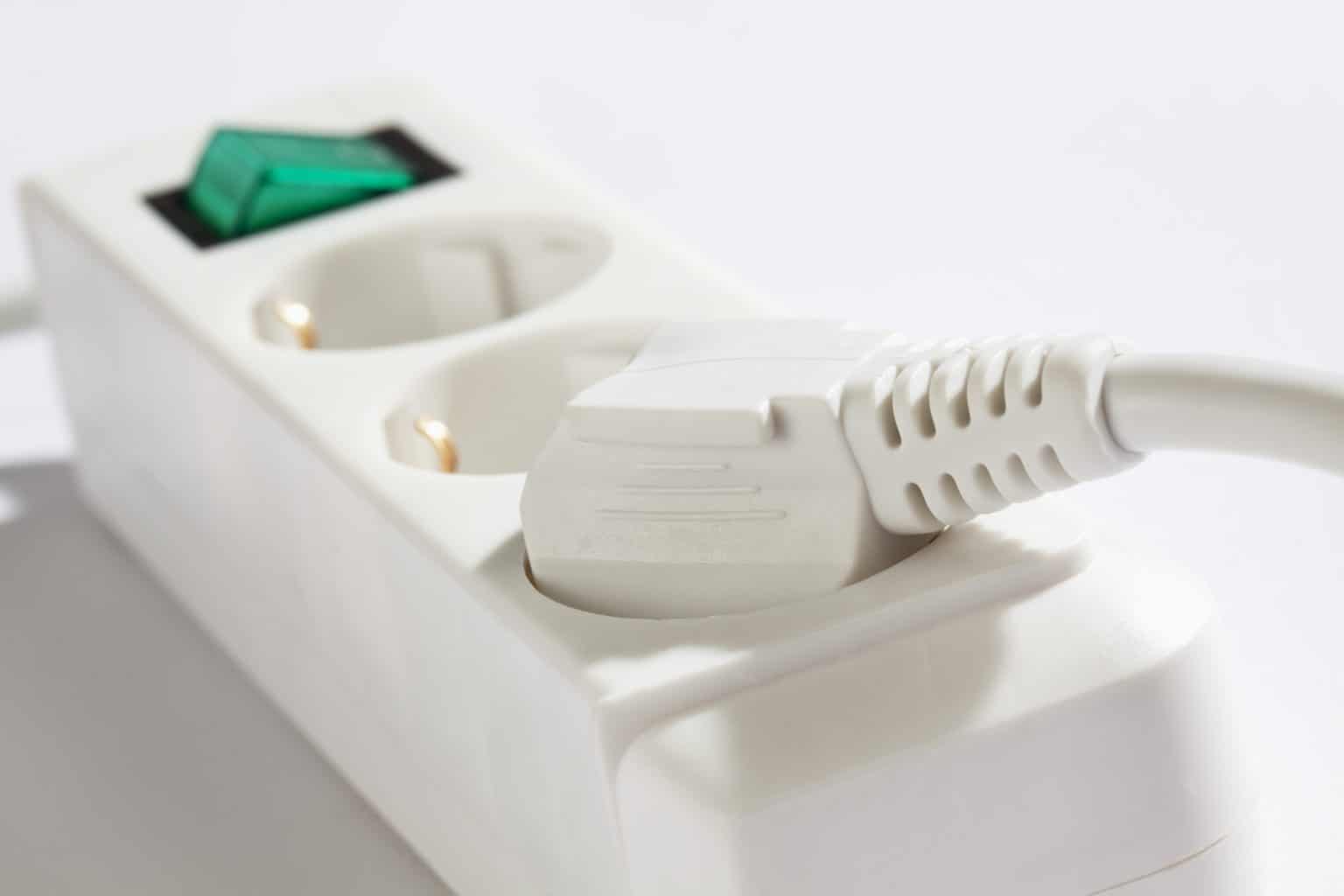

Articles
Why Is My Power Strip Making Noise
Modified: October 28, 2024
Discover the reasons behind your power strip making noise and find helpful articles on how to fix the issue.
(Many of the links in this article redirect to a specific reviewed product. Your purchase of these products through affiliate links helps to generate commission for Storables.com, at no extra cost. Learn more)
Introduction
Power strips are incredibly useful devices that allow us to power multiple electronic devices simultaneously. They provide additional outlets and protect our devices from power surges. However, you may have noticed that some power strips can make strange noises. These noises can range from a subtle buzzing sound to a loud crackling noise, which can be quite alarming.
In this article, we will explore the reasons behind power strip noise and how you can troubleshoot and fix this issue. Understanding the cause of the noise is essential, as it can help prevent potential damage to both your electronic devices and the power strip itself.
Before we delve into the possible causes and solutions, let’s have a basic understanding of how power strips function.
A power strip, also known as an extension cord or power board, is essentially a long electrical cord with multiple outlets attached to it. It allows you to plug in and power several devices simultaneously using a single power source. Most power strips also include surge protection, which safeguards your devices from voltage spikes and potential damage.
Now, let’s explore some common causes of noise in power strips.
Key Takeaways:
- Power strip noise can stem from overloading, loose connections, electrical interference, or a faulty strip. Diagnose the issue and apply solutions to ensure safe and quiet power distribution for your devices.
- Prioritize safety when addressing power strip noise. Always disconnect the strip before troubleshooting, and seek professional help if unsure. Maintaining a well-functioning power strip safeguards your devices and promotes longevity.
Read more: Why Is My Projector Making Noise
Understanding Power Strips
Power strips are essential tools in our modern electrical setups. They provide us with convenient access to multiple electrical outlets, allowing us to power multiple devices at once. Understanding how power strips work can help us better grasp the reasons behind the noise they may produce.
A power strip is essentially an extension cord with multiple outlets attached to it. It acts as a hub, allowing you to connect and power several devices simultaneously using a single power source. Depending on the model, power strips can have a varying number of outlets, ranging from four to ten or more.
In addition to providing increased access to electrical outlets, many power strips also include surge protection. Surge protection is a crucial feature that safeguards your electronic devices from voltage surges or spikes, which can occur due to lightning strikes or fluctuations in the power grid. Surge protectors are designed to absorb and redirect excess voltage, keeping your devices safe.
It’s important to note that not all power strips include surge protection. Some basic power strips only serve the purpose of providing additional outlets without any surge suppression capabilities. If you have sensitive electronic devices that require protection from voltage fluctuations, it is advisable to use a power strip with built-in surge protection.
In order to ensure safety, power strips usually come with a maximum rated amperage. Exceeding this amperage can cause the power strip to overheat, potentially leading to a fire hazard. Therefore, it’s crucial to be mindful of the outlets’ capacity and the power requirements of the devices you are plugging into the power strip.
Now that we have a basic understanding of power strips, let’s delve into the common causes of noise and how to troubleshoot them.
Common Causes of Noise
If you’ve ever plugged in a power strip and noticed a noise coming from it, you’re not alone. Power strips can emit various types of noise, and understanding the underlying causes can help you address the issue effectively. Here are some common causes of power strip noise:
- Electrical Interference: One of the primary causes of power strip noise is electrical interference. When multiple electronic devices are connected to a power strip, the flow of electricity can create electromagnetic fields that interfere with each other, resulting in audible noise. This noise can range from a faint hum to a noticeable buzzing sound.
- Overloading and Power Surge: Another common cause of power strip noise is overloading. If you connect too many high-powered devices to a power strip and exceed its capacity, it can cause the strip to emit crackling or buzzing sounds. Overloading can also lead to overheating and potential damage to both the power strip and your devices. Similarly, during a power surge, when a sudden spike in voltage occurs, the power strip may make noise as it tries to protect your devices by redirecting the excess voltage.
- Loose Connections: Loose connections within the power strip can also contribute to the noise. Over time, the internal wiring or connections can become loose, causing intermittent crackling or hissing sounds. These noises indicate a potential hazard, as loose connections can increase the risk of electrical arcing and fires.
- Faulty Power Strip: In some cases, the noise may be due to a faulty power strip. Defective components or a manufacturing flaw can cause the strip to make unusual noises. This could include rattling, clicking, or constant buzzing sounds. If the noise persists despite troubleshooting, it might be necessary to replace the power strip.
Now that we have identified some common causes of power strip noise, let’s move on to diagnosing and fixing the issue.
Overloading and Power Surge
Overloading a power strip and experiencing a power surge are two related but distinct causes of noise in power strips. Let’s take a closer look at each of these causes and how they can contribute to the noise you may hear:
Overloading: One of the most common reasons for power strip noise is overloading. Power strips have a maximum rated amperage, which indicates the maximum electrical load they can handle. When you connect too many high-powered devices to a power strip, you exceed its capacity, leading to overloading. This can cause the power strip’s internal components to become strained, resulting in buzzing or crackling sounds. It’s essential to distribute the power load evenly among multiple power strips or outlets to avoid overloading.
Power Surge: A power surge occurs when there is a sudden increase in electrical voltage, usually lasting for a brief moment. Power surges can be caused by lightning strikes, downed power lines, or electrical malfunctions. When a power surge happens, the power strip acts as a protective barrier and redirects the excess voltage away from your connected devices. During this process, the power strip may emit noise as it controls the surge. This noise can range from a subtle click or hum to a noticeable crackling sound. Power strips with surge protection are designed to handle these surges effectively.
It’s important to note that overloading a power strip can increase the likelihood of a power surge. Overloading puts excessive strain on the power strip, potentially compromising its surge protection capabilities. Therefore, it’s crucial to adhere to the power strip’s maximum load capacity and avoid connecting devices that exceed it. Additionally, using power strips with built-in surge protection can provide an extra layer of security against power surges.
If you notice noise coming from your power strip due to overloading or power surges, it’s essential to take action to prevent potential damage. In the next section, we will discuss how to diagnose and fix a noisy power strip.
Loose Connections
Another common cause of noise in power strips is loose connections. Over time, the internal wiring or connections within a power strip can become loose due to various reasons such as physical stress, repeated plugging and unplugging of devices, or general wear and tear. These loose connections can lead to intermittent or continuous noise. Here’s how loose connections can contribute to power strip noise:
Intermittent Noise: When the connections within a power strip are loose, they can create small gaps where electricity can arc or jump, resulting in an intermittent crackling sound. The noise is often more noticeable when the power strip or connected devices are moved or when there is a change in electrical current flow. Over time, the arcing can cause damage to the power strip and increase the risk of electrical fires.
Continuous Noise: In some cases, loose connections can create a constant buzzing or hissing noise. This noise is typically caused by the electrical current passing through the gaps or loose components within the power strip. Continuous noise is a clear indication of a potential hazard and should be addressed promptly to prevent further damage.
If you suspect that loose connections are causing the noise in your power strip, it’s crucial to take immediate action. Here are some steps you can follow to address the issue:
- Turn off the Power Strip: Before attempting any repairs, make sure to turn off and unplug the power strip from the electrical outlet. This will ensure your safety during the troubleshooting process.
- Inspect the Connections: Carefully examine the power strip for any loose or damaged connections. Look for visible signs of loosened wires or connectors.
- Tighten the Connections: If you find any loose connections, use a screwdriver or appropriate tool to tighten them. Make sure not to overtighten, as it could cause damage to the power strip.
- Replace Damaged Components: If you notice any damaged or frayed wires, it is best to replace them with new ones. Damaged components can pose a safety risk and should not be ignored.
- Seek Professional Help: If you are unsure about handling electrical repairs or if the noise persists after tightening the connections, it is recommended to consult a qualified electrician. They can diagnose the issue and make any necessary repairs or replacements.
By addressing loose connections promptly, you can reduce the risk of electrical hazards and eliminate the noise coming from your power strip.
In the next section, we will discuss another potential cause of power strip noise – electrical interference.
If your power strip is making a buzzing or humming noise, it could be due to overloading. Try unplugging some devices to see if the noise stops. If not, it may be a sign of a faulty power strip and should be replaced.
Read more: Why Is My HVAC Making Noise
Electrical Interference
Electrical interference is another common cause of noise in power strips. When multiple electronic devices are connected to a power strip, the flow of electricity can create electromagnetic fields that interfere with each other. This interference can manifest as audible noise, including buzzing, humming, or crackling sounds. Here’s how electrical interference can contribute to power strip noise:
Electromagnetic Fields: Each electronic device connected to a power strip generates its own electromagnetic field. When these fields interact, they can produce vibrations or electrical disturbances that result in audible noise. The noise is particularly noticeable when devices with different power requirements or varying levels of electrical grounding are connected to the same power strip.
Improper Grounding: Inadequate grounding or improper wiring can exacerbate electrical interference. Without proper grounding, electrical signals can become unbalanced, leading to increased electromagnetic interference and subsequent noise. This can happen if the power strip itself is not properly grounded or if the outlet it is plugged into has faulty wiring.
To troubleshoot and address power strip noise caused by electrical interference, consider the following steps:
- Reposition the Devices: Try rearranging the devices connected to the power strip. Sometimes, simply moving the devices further apart or rearranging their positions can minimize the electromagnetic interference and subsequently reduce the noise.
- Separate High-Powered Devices: Devices with higher power requirements often generate stronger electromagnetic fields. If possible, connect high-powered devices to different power strips or separate outlets to reduce interference with other devices connected to the same strip.
- Ensure Proper Grounding: Make sure that both the power strip and the electrical outlet it is connected to are properly grounded. Faulty or inadequate grounding can contribute to electrical interference. If you suspect grounding issues, consult a qualified electrician to inspect and rectify the wiring.
- Use Shielded Cables: Consider using shielded cables for the devices connected to the power strip. Shielded cables are designed to reduce electromagnetic interference by enclosing the electrical conductors in a grounded shield, effectively blocking out external disturbances.
- Upgrade to a Filtered Power Strip: If electrical interference continues to be a persistent issue, you may want to invest in a filtered power strip. Filtered power strips include additional circuitry that suppresses and filters out electrical noise, providing a cleaner power supply to your connected devices.
By implementing these steps, you can minimize electrical interference and significantly reduce noise in your power strip.
In the next section, we will address the possibility of a faulty power strip as the cause of the noise.
Faulty Power Strip
In some cases, the culprit behind the noise in a power strip can be a faulty power strip itself. Despite being designed to provide safe and reliable power distribution, power strips can experience issues that result in unusual sounds. Here are some possible reasons why a power strip may be considered faulty:
Defective Components: Manufacturing defects or damaged internal components can lead to abnormal noise in a power strip. These defects can cause loose connections, inadequate insulation, or faulty circuitry, leading to buzzing, cracking, or other types of noise. Faulty components can compromise the power strip’s performance and pose potential risks to connected devices.
Manufacturing Flaws: Power strips undergo a manufacturing process that involves assembly and quality control. However, occasionally, manufacturing flaws can occur, which may impact the overall functionality of the power strip. These flaws can contribute to noise production and indicate the need for a replacement.
If you suspect that your power strip is faulty and causing the noise, here are a few steps you can take:
- Isolate the Power Strip: Unplug all devices from the power strip and test it with a different outlet. This will help determine if the issue is specific to the power strip or if it is related to the electrical system of the previous outlet.
- Observe without Devices: Plug the power strip into a different outlet and listen for any noise without any devices connected. This can help identify if the power strip itself is the source of the noise.
- Replace the Power Strip: If the noise persists, it may be necessary to replace the power strip. Look for a quality power strip from a reputable brand that meets your power requirements and includes surge protection if needed.
- Consider Professional Help: If the noise continues even with a new power strip, it is advisable to consult a professional electrician. They can inspect the electrical system, identify any underlying issues, and provide appropriate solutions.
It’s important to address a faulty power strip promptly to avoid any potential risks to your devices and ensure the safety of your electrical setup.
Now that we have explored the common causes of noise in power strips, let’s move on to the next section, where we will discuss how to diagnose the noise in your power strip.
Diagnosing the Noise
Diagnosing the noise coming from your power strip is an essential step in resolving the issue. By identifying the source and cause of the noise, you can take appropriate measures to address it effectively. Here are some steps to help diagnose the noise:
- Identify the Type of Noise: Pay attention to the specific type of noise your power strip is producing. Is it a buzzing, crackling, humming, or some other sound? Understanding the nature of the noise can provide clues about its possible cause.
- Inspect the Power Strip: Carefully examine the power strip for any visible signs of damage, loose connections, or faulty components. Look for frayed wires, dislodged plugs, or burn marks, as these can indicate potential issues.
- Isolate the Noise: Unplug all devices from the power strip and listen closely to determine if the noise persists. If it does, the noise is likely coming from the power strip itself. If the noise stops when all devices are unplugged, it may be related to a specific device or electrical interference.
- Test Different Outlets: Try plugging the power strip into different outlets to see if the noise persists. This will help determine if the issue is specific to the power strip or if it is related to the electrical system of a particular outlet.
- Observe with Devices: Reconnect your devices to the power strip one by one and observe if the noise changes or intensifies. This can help identify if a particular device is causing electrical interference or overloading the power strip.
By following these steps, you can gather valuable information to pinpoint the source of the noise and understand its underlying cause. Once you have diagnosed the issue, you can proceed to address and rectify it appropriately.
In the next section, we will discuss various ways to fix a noisy power strip depending on the specific cause of the noise.
How to Fix a Noisy Power Strip
Once you have identified the cause of the noise in your power strip, you can take specific measures to address and fix the issue. Here are some potential solutions based on the common causes of power strip noise:
1. Overloading and Power Surge:
- Ensure that the total power requirements of the devices connected to the power strip do not exceed its maximum rated amperage.
- Consider using multiple power strips or outlets to distribute the power load evenly.
- Use power strips with built-in surge protection to safeguard your devices against power surges.
2. Loose Connections:
- Turn off and unplug the power strip from the electrical outlet.
- Carefully inspect the power strip for loose connections or damaged components.
- Tighten any loose connections using a screwdriver or appropriate tool.
- Replace any damaged wires or components.
- If in doubt, consult a qualified electrician for assistance.
3. Electrical Interference:
- Reposition the devices connected to the power strip to minimize electromagnetic interference.
- Separate high-powered devices to different power strips or outlets.
- Ensure proper grounding of the power strip and the electrical outlet.
- Consider using shielded cables for the devices connected to the power strip.
- Upgrade to a filtered power strip to reduce electrical noise.
4. Faulty Power Strip:
- Isolate the power strip by unplugging all devices and testing it with a different outlet.
- If the noise persists, replace the power strip with a new one from a reputable brand.
- Consider power strips with advanced features like surge protection or noise filtering.
- Consult a professional electrician if the issue continues or if you are unsure about handling the repair.
It’s important to prioritize safety when working with electrical components. Always disconnect the power strip from the electrical outlet before attempting any repairs or modifications. If you are unsure or uncomfortable with troubleshooting or fixing the power strip yourself, seek assistance from a qualified electrician.
By following these guidelines and implementing the necessary measures, you can successfully address the noise issue in your power strip and ensure safe and efficient power distribution for your connected devices.
To conclude, power strip noise can be caused by various factors such as overloading, loose connections, electrical interference, or a faulty power strip. By diagnosing the specific cause and applying the appropriate solutions, you can fix the noise issue and maintain a reliable and quiet power strip.
Read more: Why Is My Alexa Making A Crackling Noise
Conclusion
Power strip noise can be an unsettling experience, but understanding the common causes and solutions can help you effectively address this issue. Whether it’s due to overloading, power surges, loose connections, electrical interference, or a faulty power strip, there are steps you can take to diagnose and fix the problem.
By identifying the type of noise, inspecting the power strip, and isolating the issue, you can determine the specific cause. From there, you can employ appropriate solutions such as redistributing the power load, tightening loose connections, repositioning devices, ensuring proper grounding, or replacing a faulty power strip.
It’s crucial to prioritize safety throughout the troubleshooting and repair process. Always turn off and unplug the power strip from the electrical outlet before attempting any repairs. If you are unsure or uncomfortable with handling electrical components, seek assistance from a qualified electrician.
Remember, a well-functioning power strip is essential for effectively powering and protecting your electronic devices. Keeping your power strip in good condition not only eliminates noise but also helps ensure the safety and longevity of your devices.
In conclusion, by understanding the causes of power strip noise and implementing the necessary solutions, you can enjoy a quiet and reliable power strip that safely distributes power to all your connected devices.
Frequently Asked Questions about Why Is My Power Strip Making Noise
Was this page helpful?
At Storables.com, we guarantee accurate and reliable information. Our content, validated by Expert Board Contributors, is crafted following stringent Editorial Policies. We're committed to providing you with well-researched, expert-backed insights for all your informational needs.
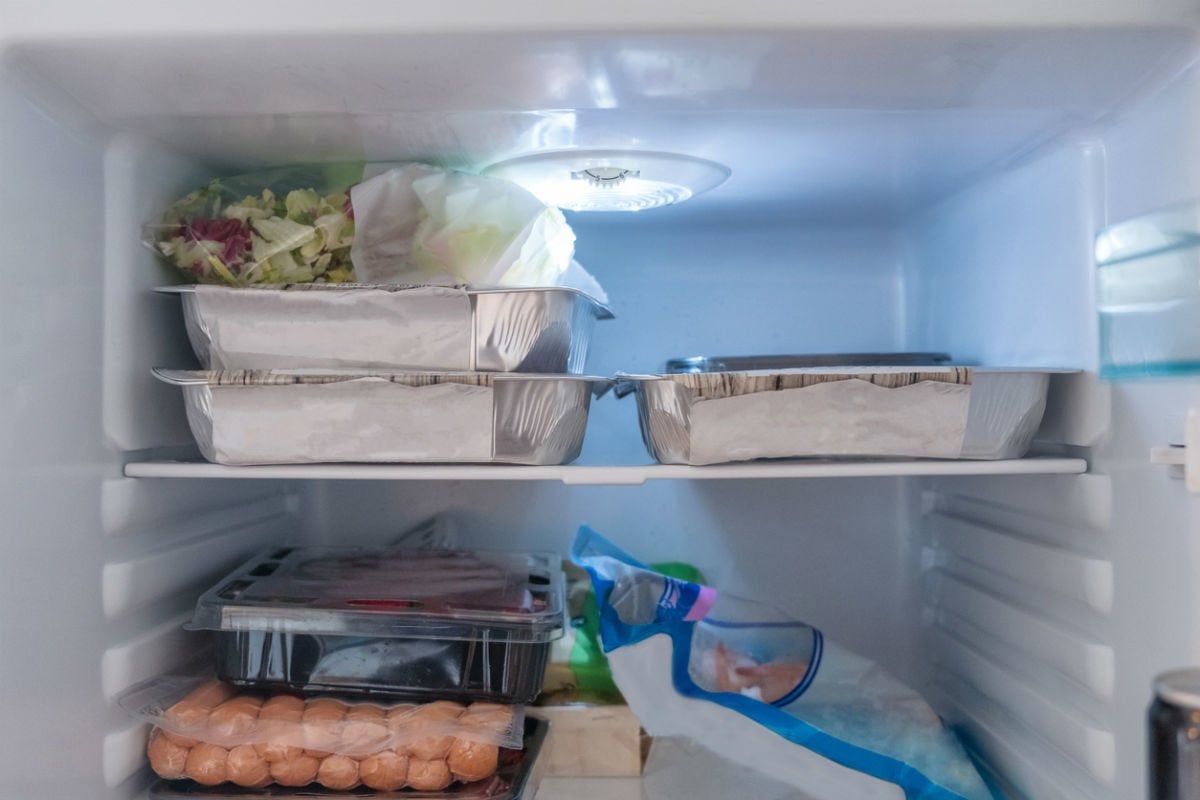
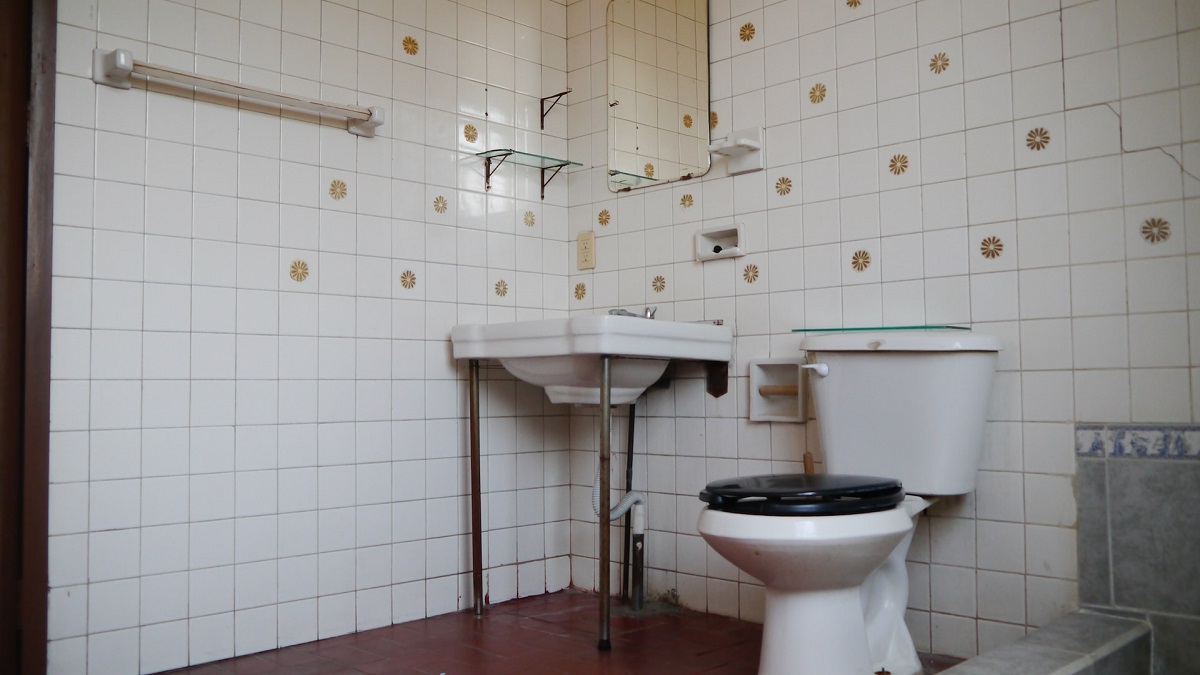
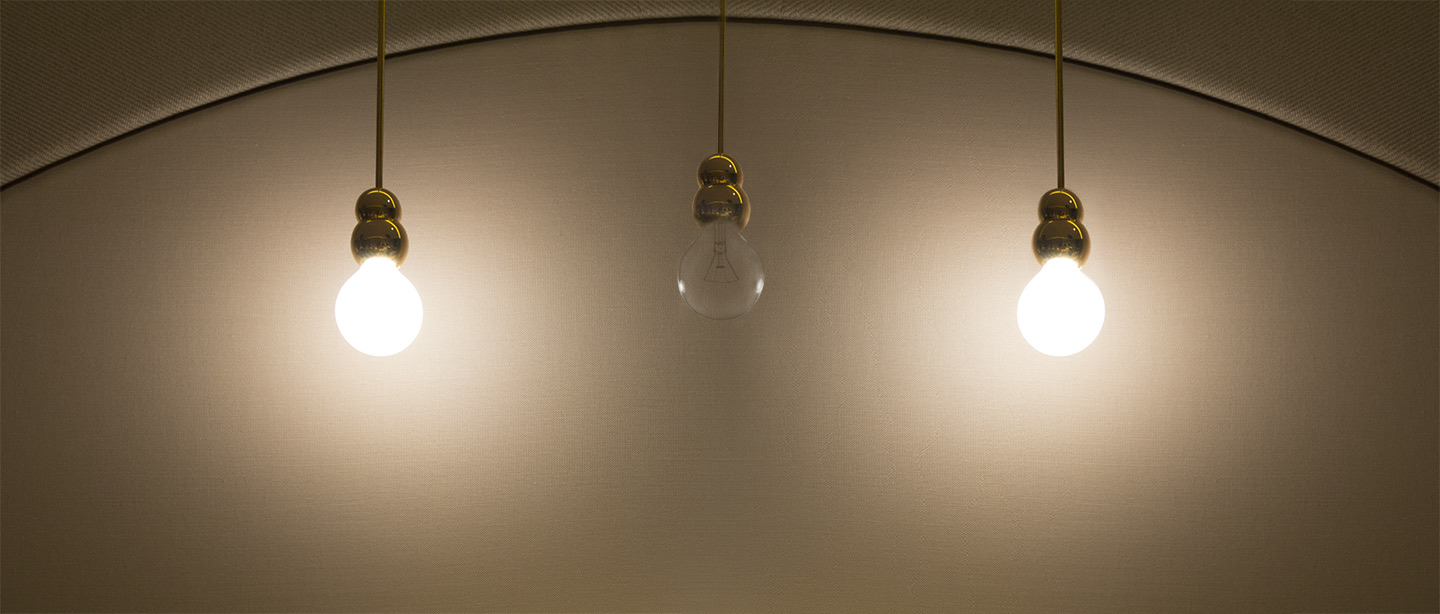
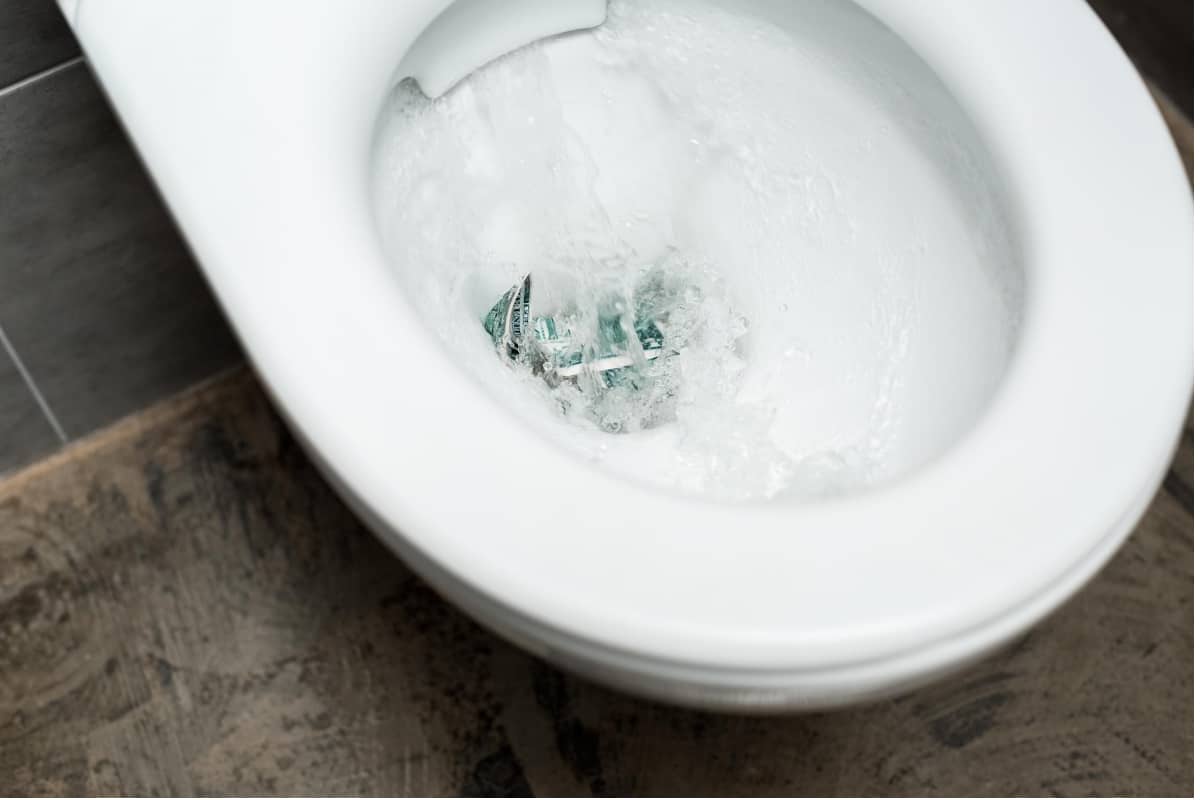

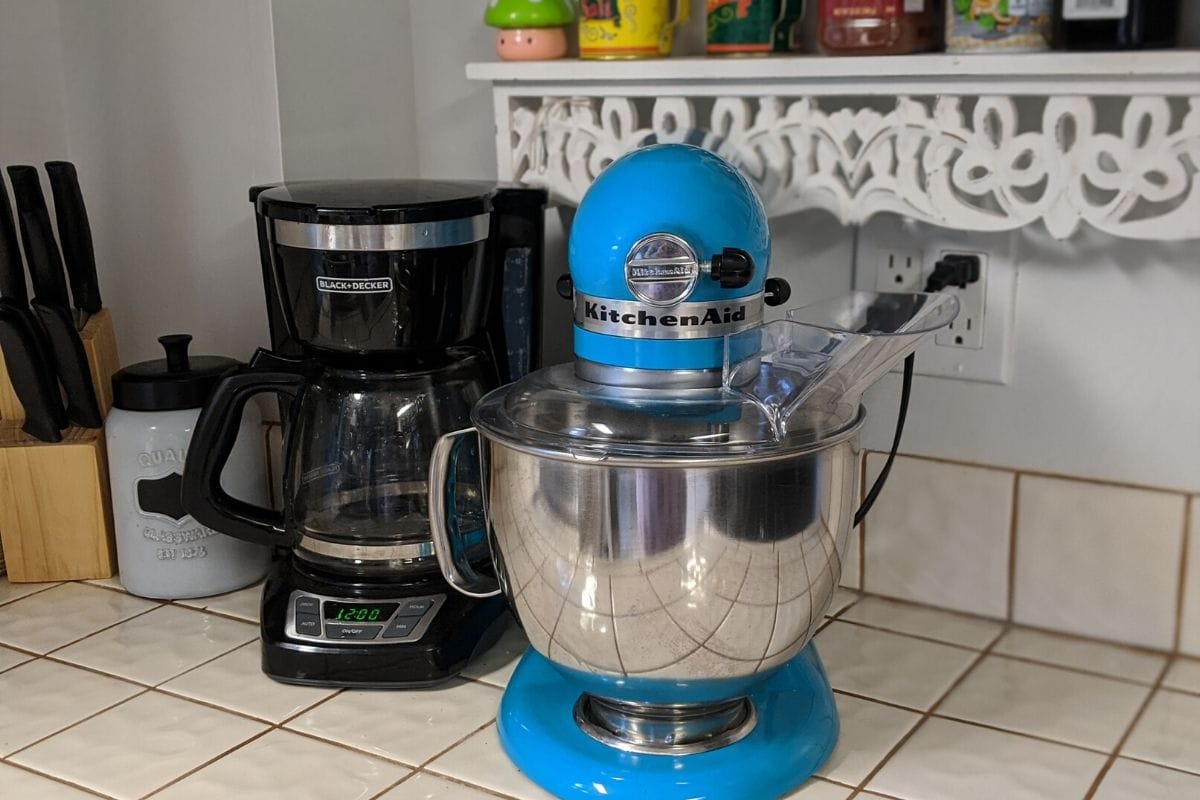

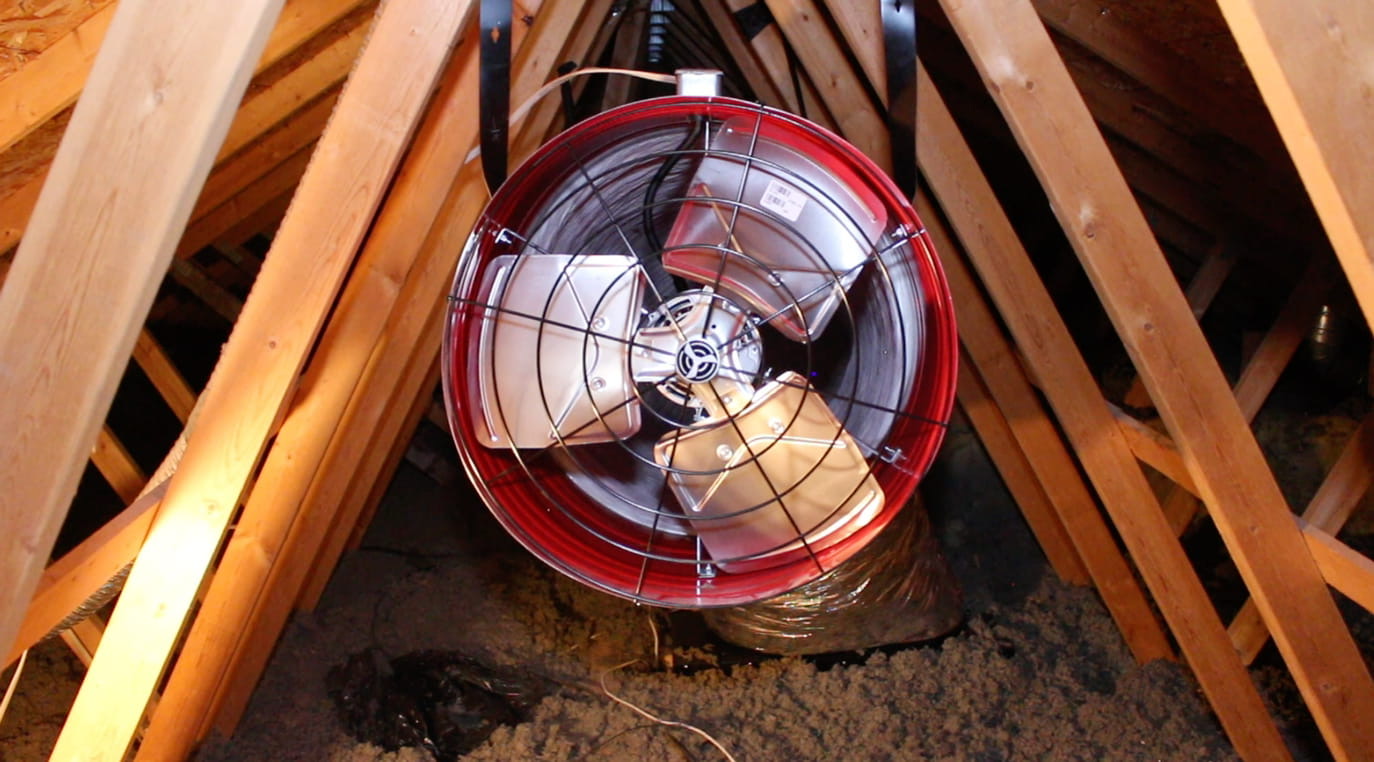
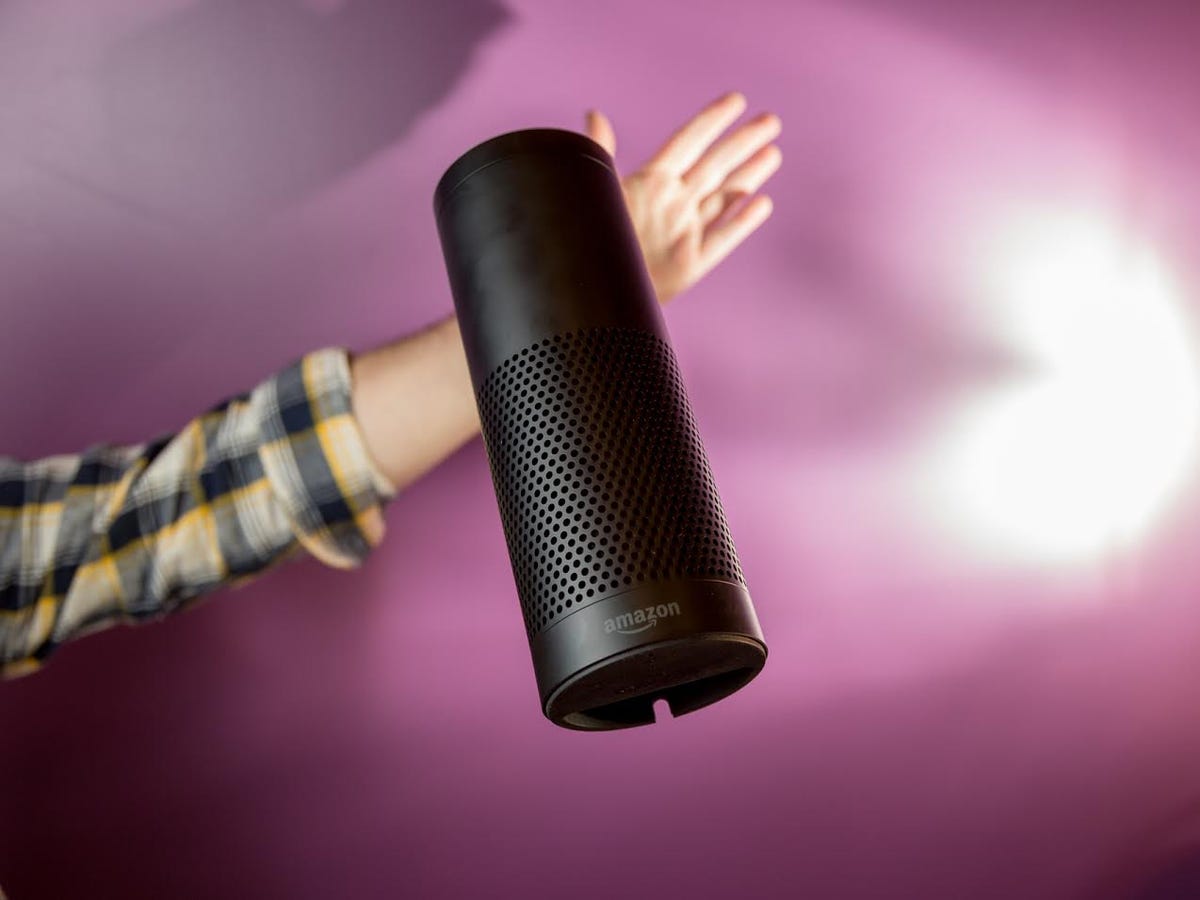
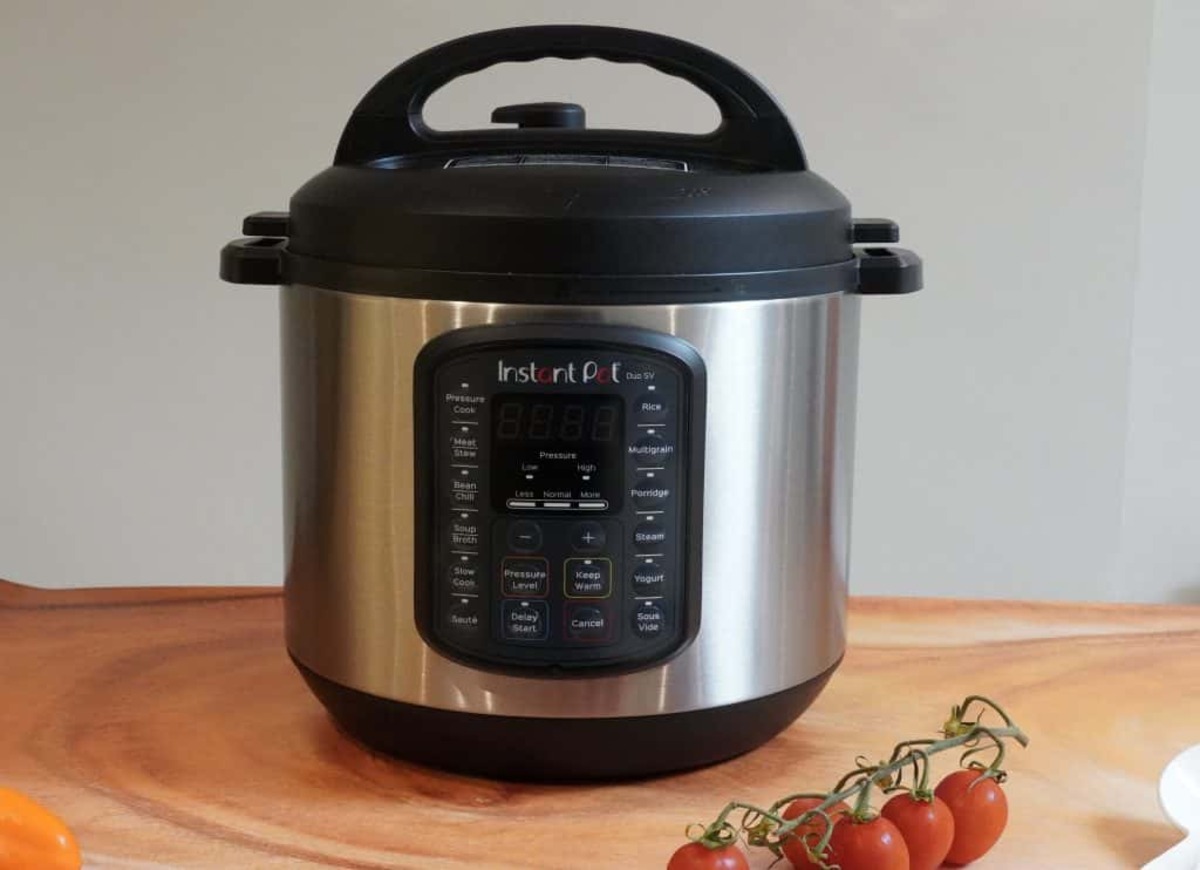
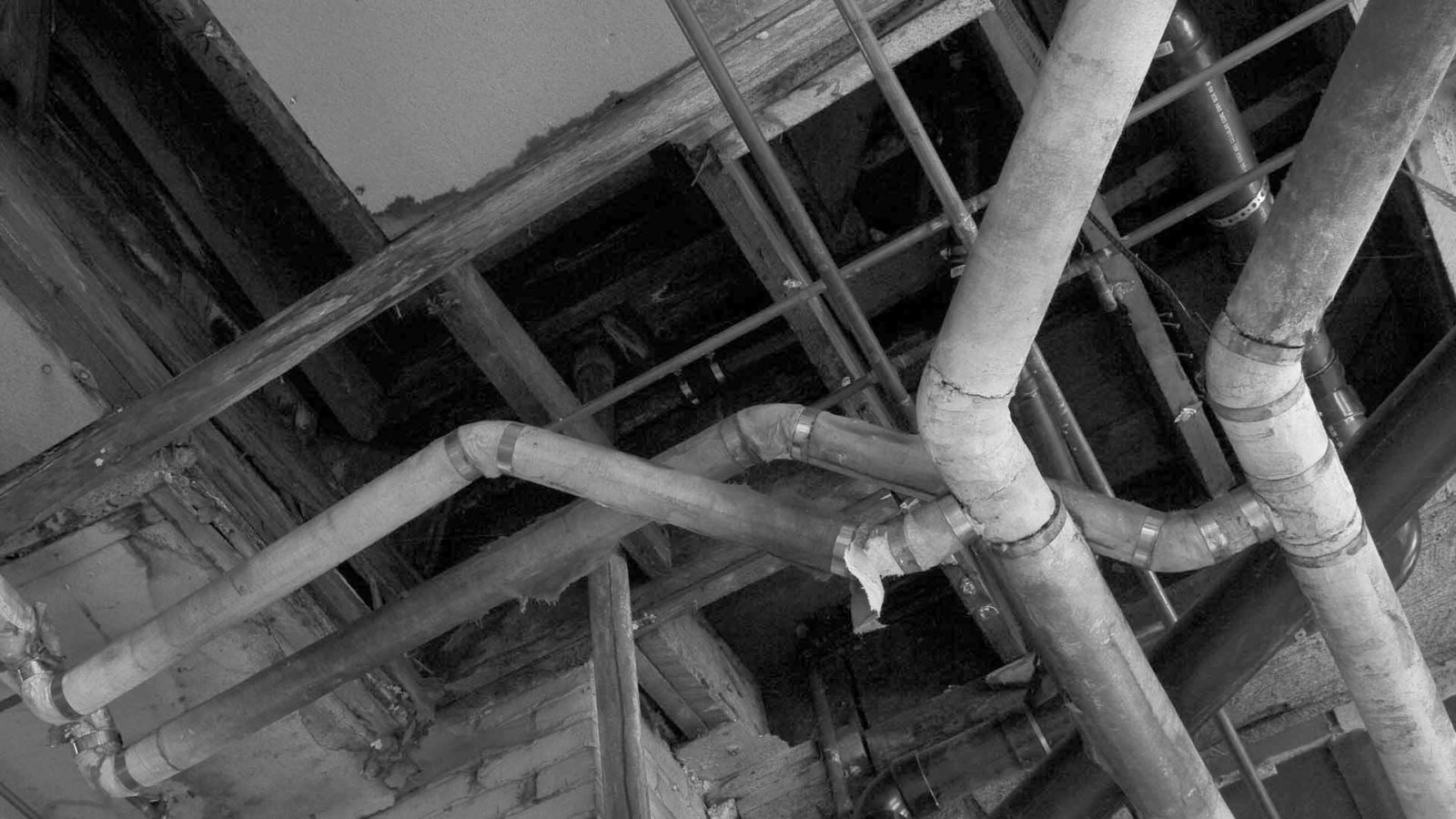
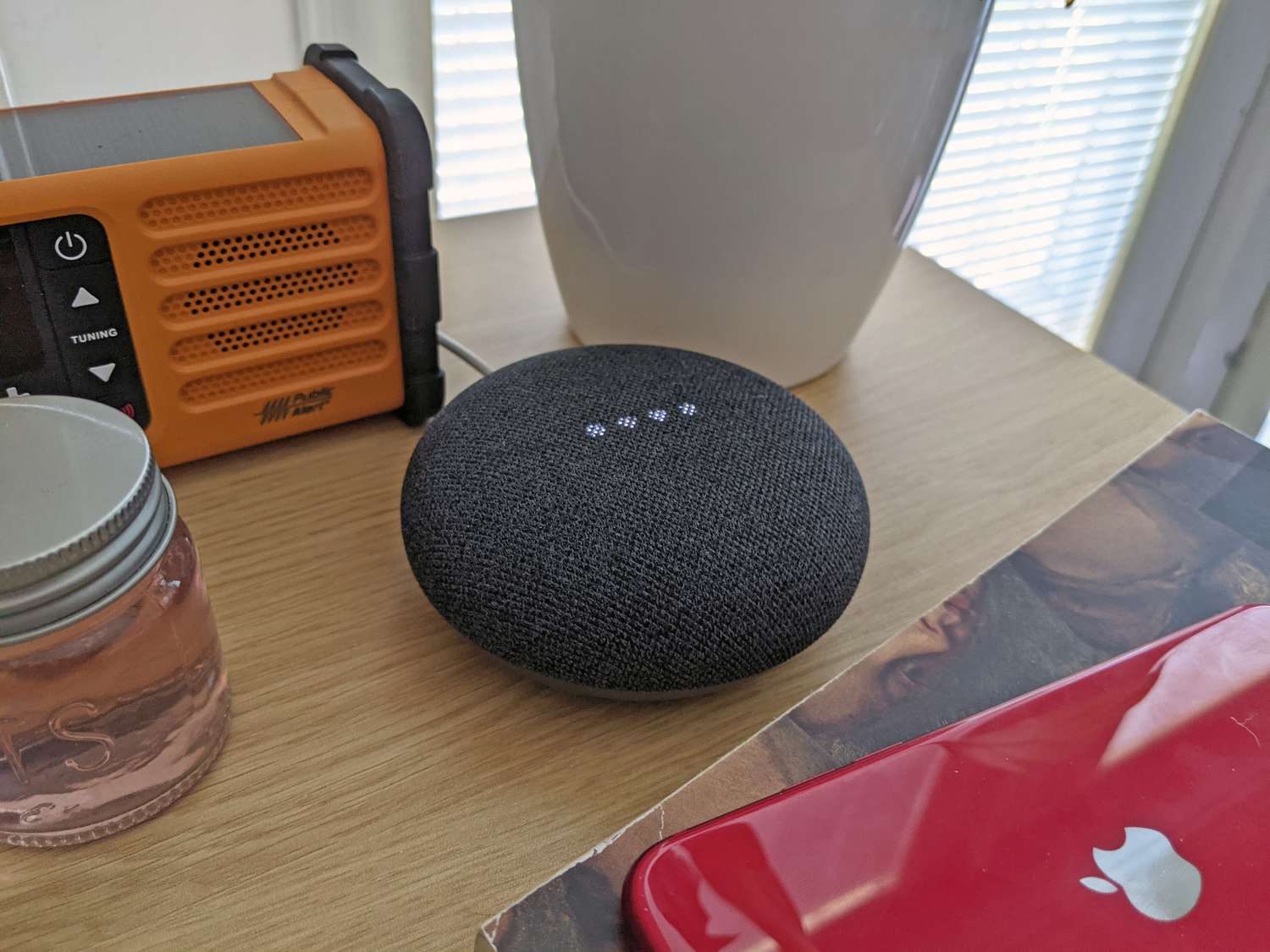
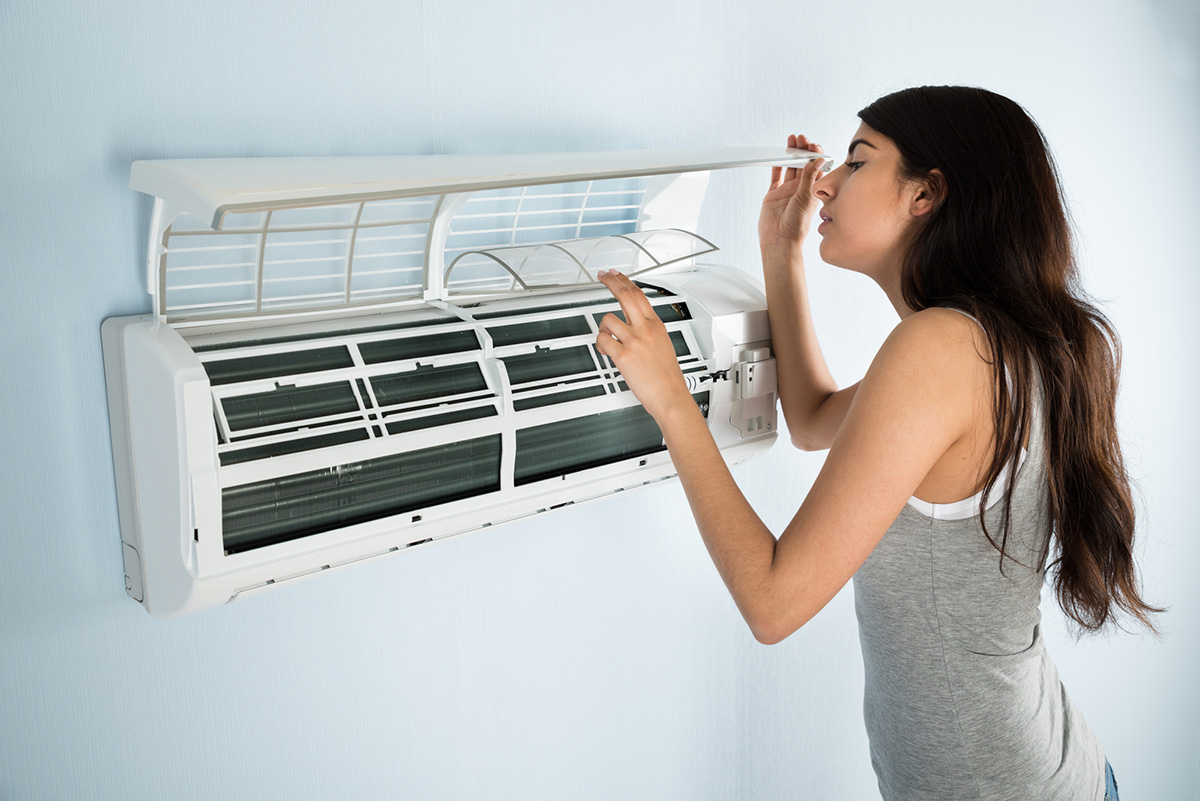

0 thoughts on “Why Is My Power Strip Making Noise”